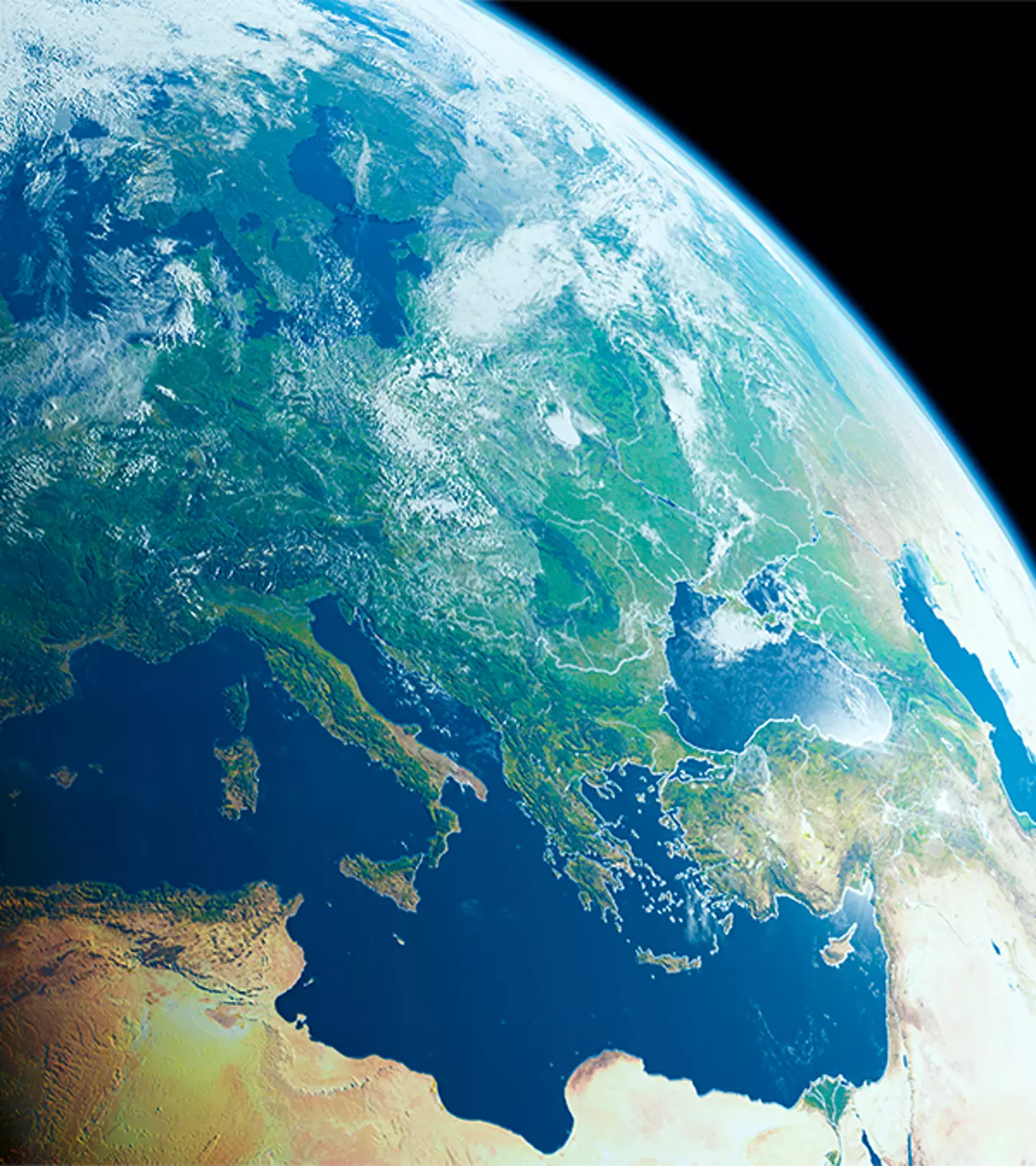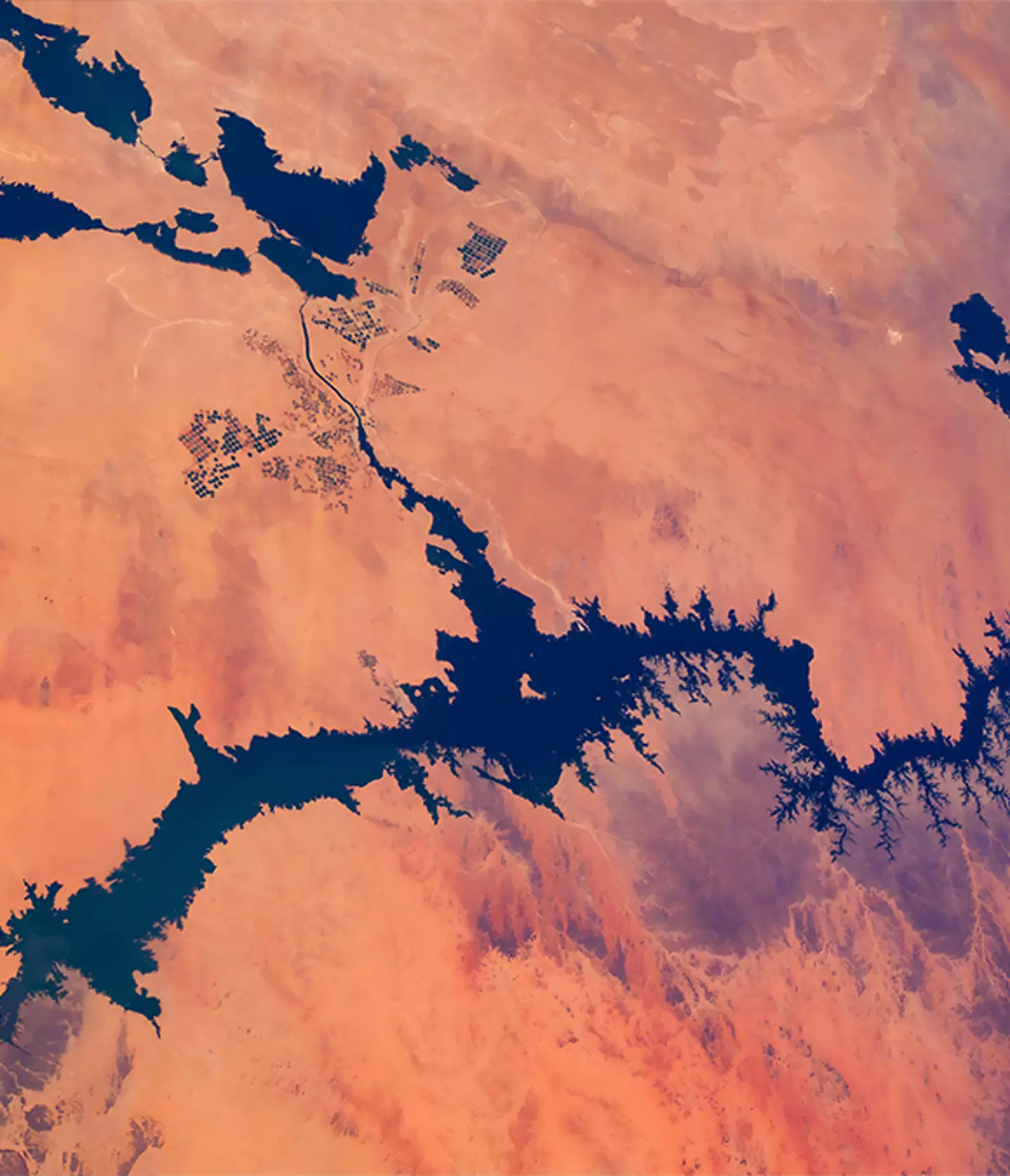
If you recall tectonic plates from school Geography days you'll know they either end up doing one of four things.
In the case of the Indian and Eurasian Plate, they lie on a convergent plate boundary which forms the towering mountain ranges that we all know as the Himalayas.
At the American Geophysical Union conference in December 2023, a team of geologists presented a new study showing that the Himalayas could be rising and one of the world's largest countries could split in two.
Advert
The team - including Lin Liu, Danian Shi, and Simon L. Klemperer - investigated helium levels in Tibetan springs and used 3D S-wave receiver-functions to analyse the Indian Plate.

This method relies on seismic waves from distant earthquakes to study the Earth's structure.
According to the Geological Society: 'The Himalayan mountain range and Tibetan plateau have formed as a result of the collision between the Indian Plate and Eurasian Plate which began 50 million years ago and continues today'.
Advert
Their findings, published in the ESS Open Archive, reveal that the Indian Plate is 'peeling' into two, as evident by the observed higher levels of helium in southern Tibet compared to northern Tibet.
This means that the upper part of the Indian Plate is lifting Tibet higher, and sinking the lower part deeper, which may eventually cause one of the world's largest countries to split in two.
Whilst the Eurasian Plate is crumpling under the Indian plate, bringing about the growth of the Himalayan mountains.
Not only that, as the Indian Plate slowly plunges deeper into the Earth's mantle, it's creating a vertical 'slab tear' directly under Tibet, potentially triggering hazardous earthquakes within the Tibet region.

The study explained: 'Our SRFs objectively map depths to distinct Indian and Tibetan lithosphere-asthenosphere boundaries across a substantial region of south-eastern Tibet.
Advert
'The inferred boundary between the two lithospheres is corroborated by more subjective mapping of changing SWS parameters, and by independent interpretations of the mantle suture from mantle degassing patterns and the northern limit of sub-Moho earthquakes.
'The southern limit of Tibetan lithosphere and subjacent asthenosphere is at 31°N west of 90°E but steps south by >300 km to ~28°N east of 92°E likely representing a slab tear.'
In a summary of their findings, one scientist wrote: 'We speculate that this slab tear may divide the mountain chain along its length.'
Douwe van Hinsbergen, an Utrecht University geodynamicist unaffiliated with the research, stated: 'We didn't know continents could behave this way and that is, for solid earth science, pretty fundamental.'
Featured Image Credit: ARTUR PLAWGO / SCIENCE PHOTO LIBRARY / Getty Roberto Machado Noa / Getty